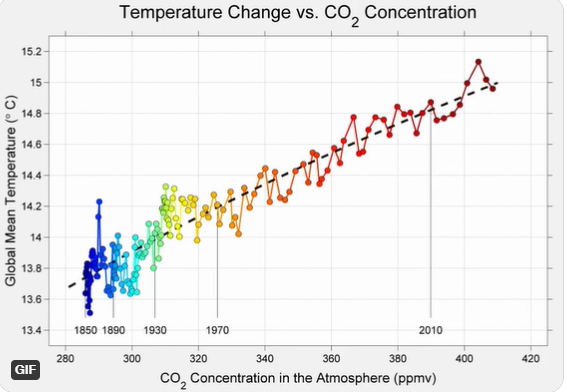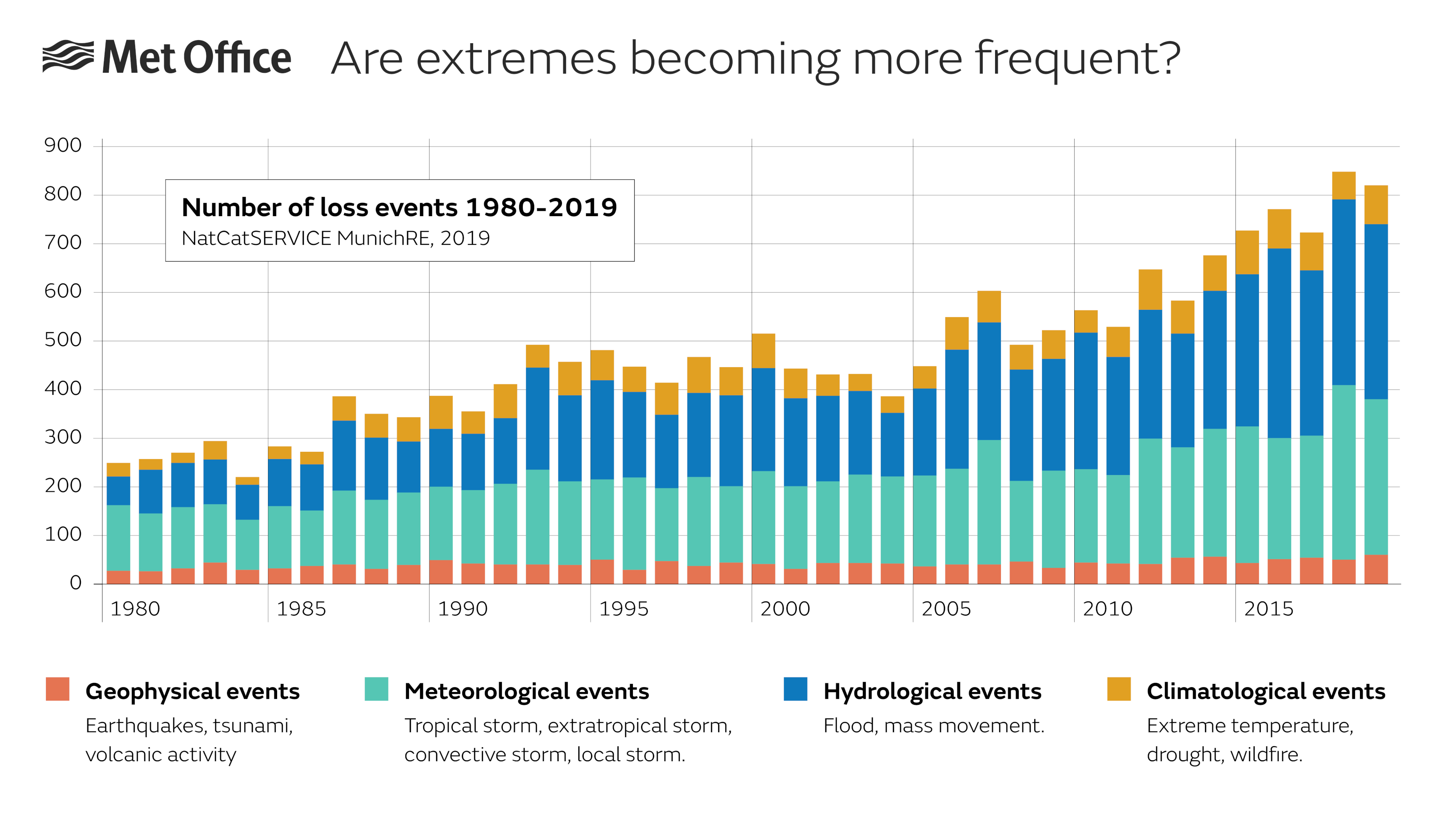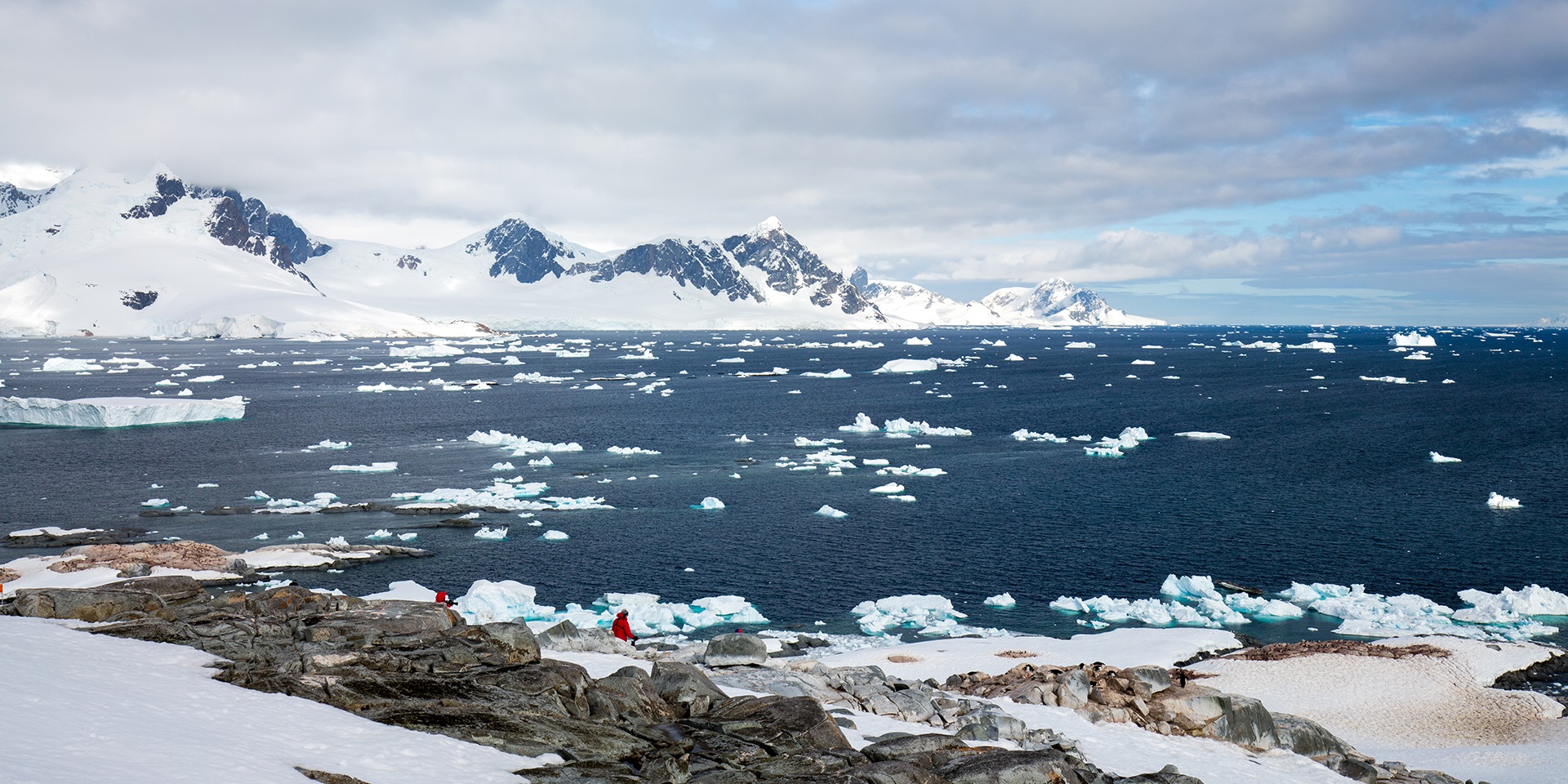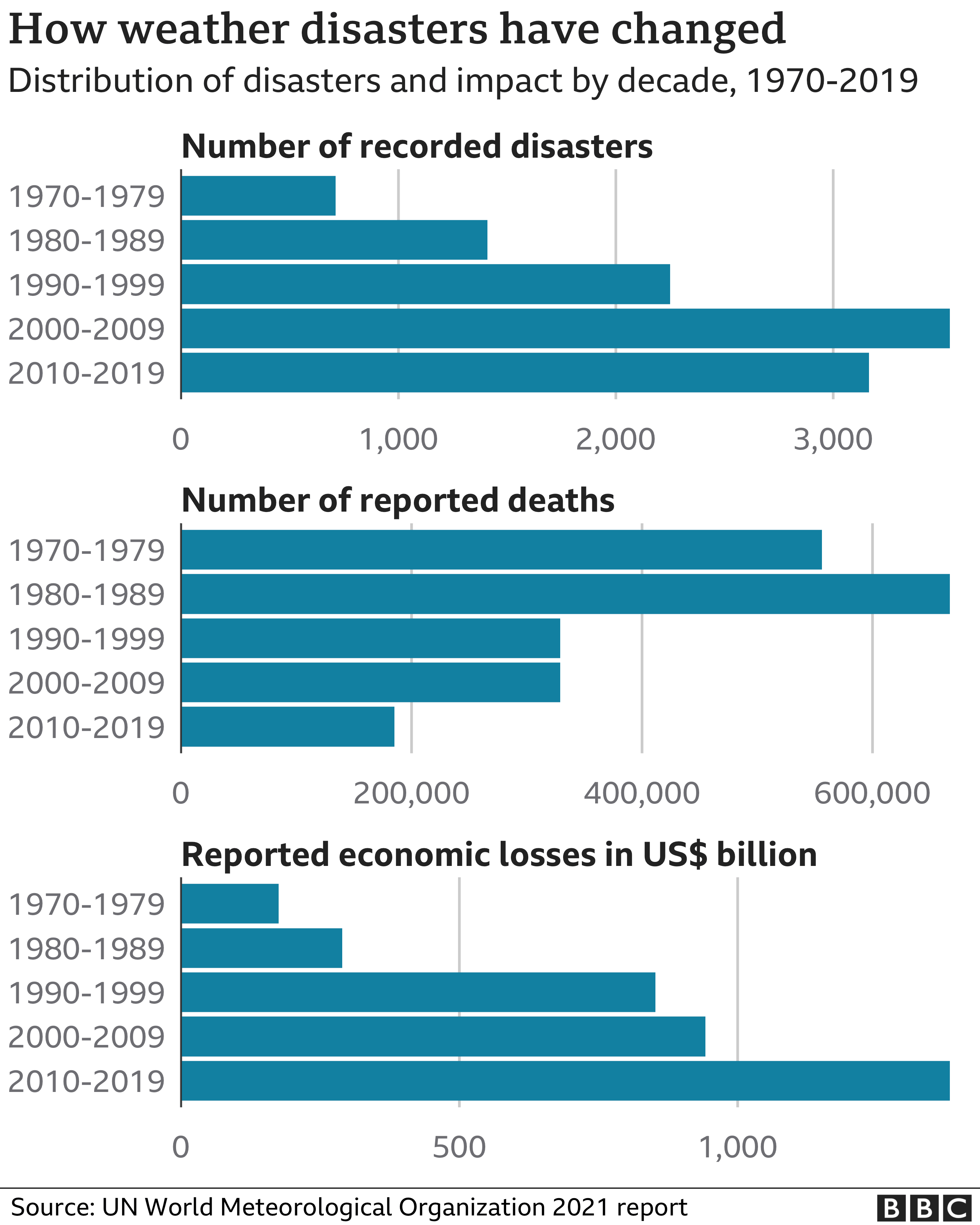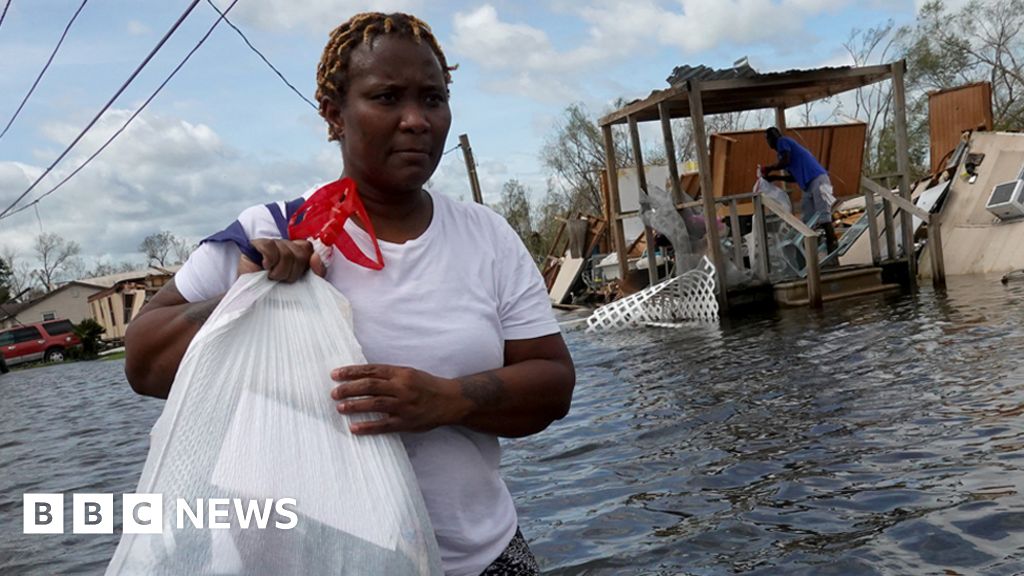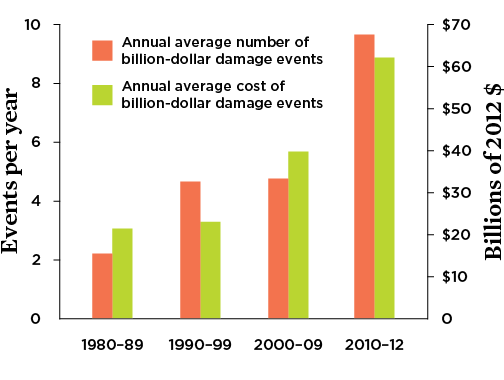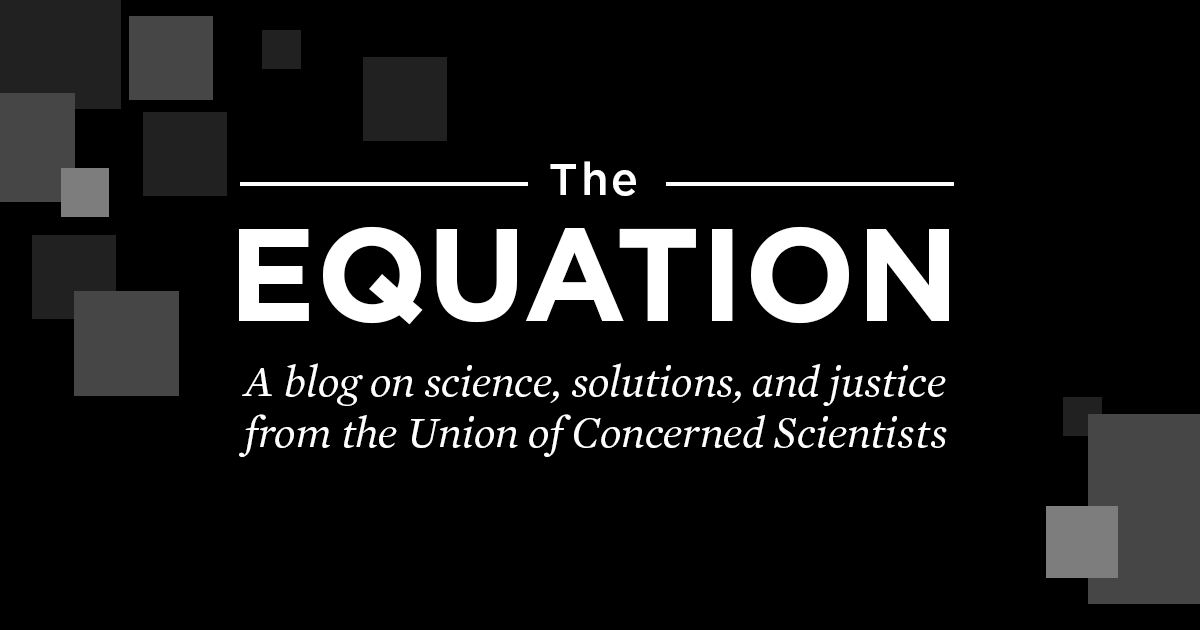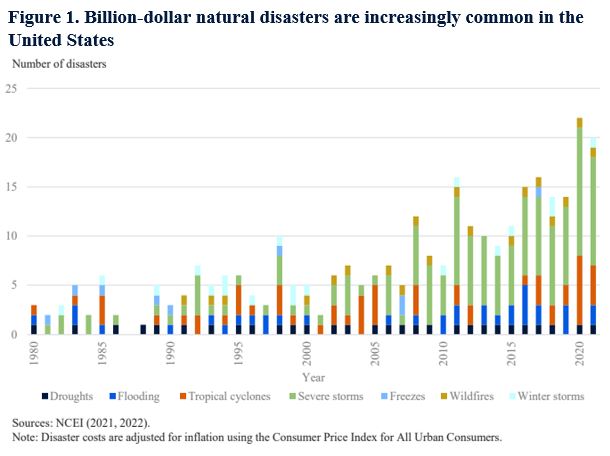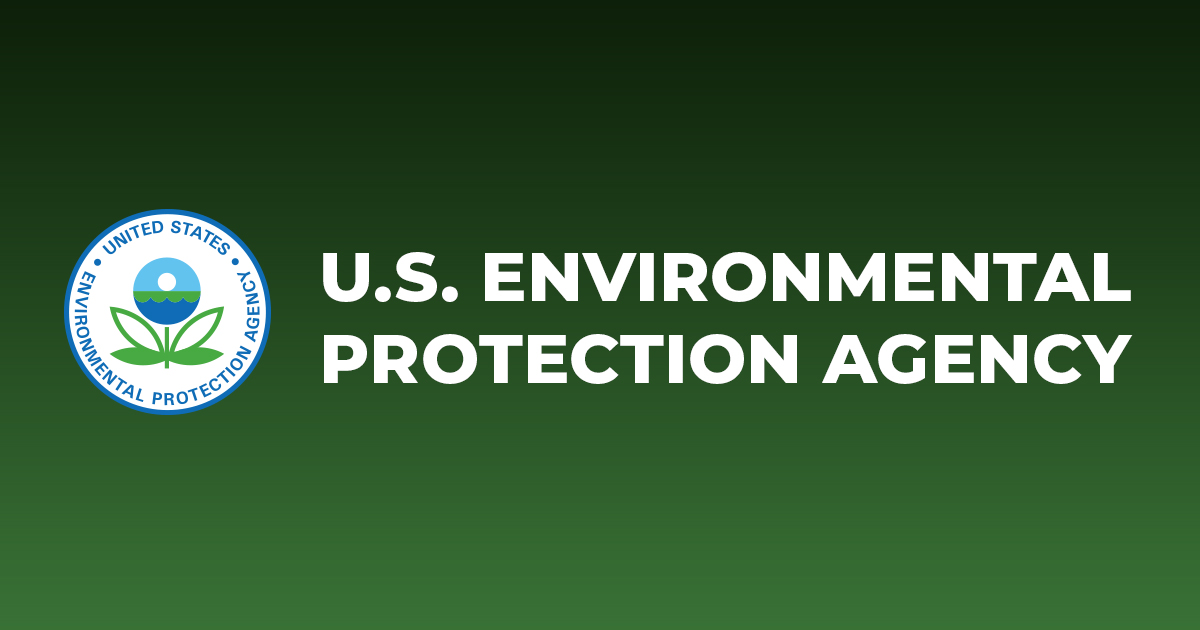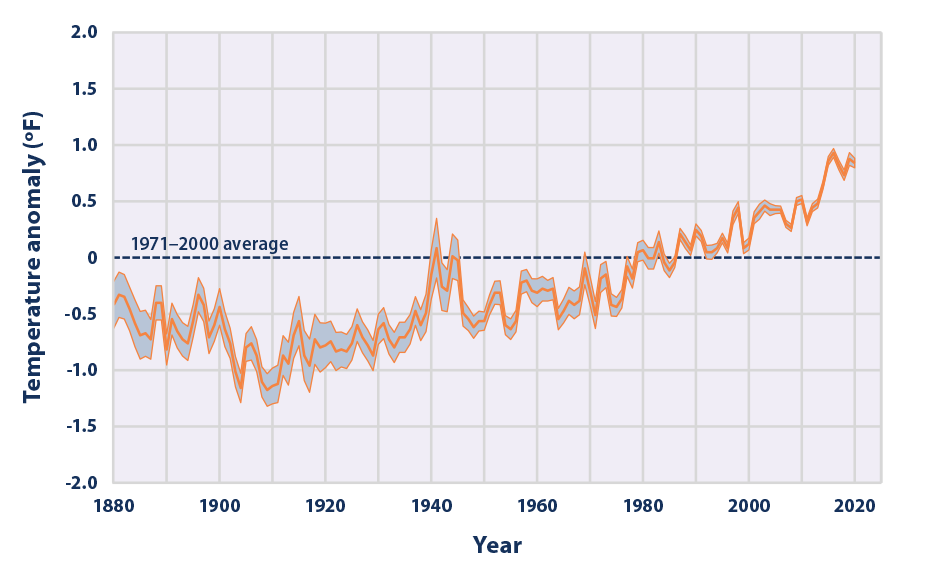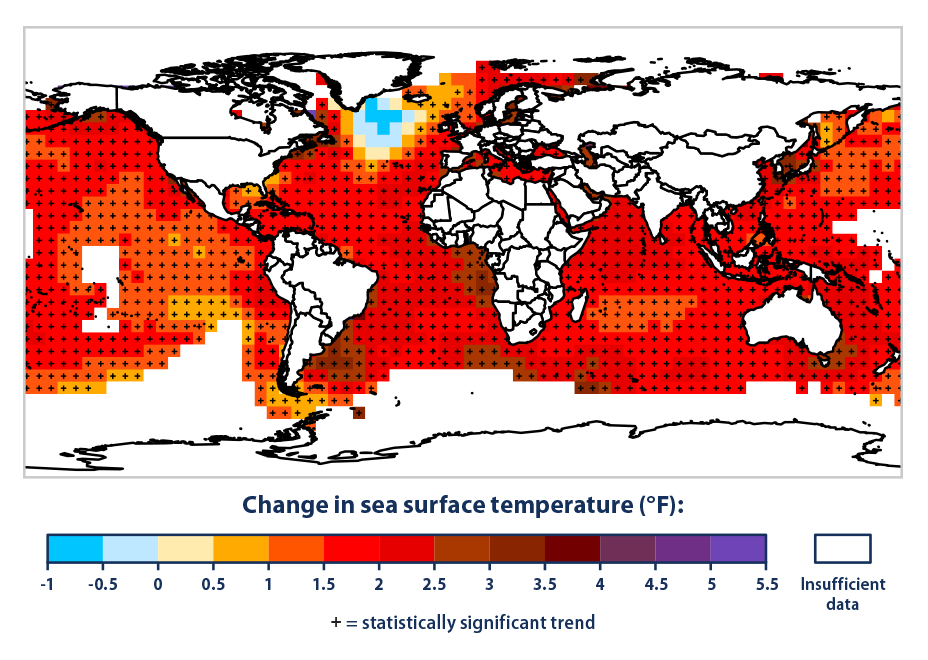ReinyDays
Gold Member
My main complaint is that modelers are either deceptive about, or unaware of, the uncertainties in the myriad assumptions — both explicit and implicit — that have gone into those models.
[assumed to be by Roy Spencer] ...
They are not deceptive in the scientific media, where they have to explain the uncertainties and say how the researches dealt with them, or they don't get published ...
Certainly some researches have been deceptive to the commercial media, MSM will pay for interviews ... also, there's no space or time to go over all the assumptions in an 18 second TV blerp ... we have to have our own knowledge about these systems and how computers are programmed to simulate these trends ...
"Measuring Earth's Albedo" isn't as easy as you think ... pretty damn weasel to say "about 0.30" ... even if correct, this only gives us temperature to the nearest whole degree ... so much for those "one degree catastrophes" ...


